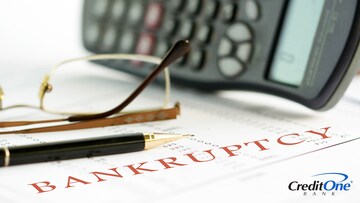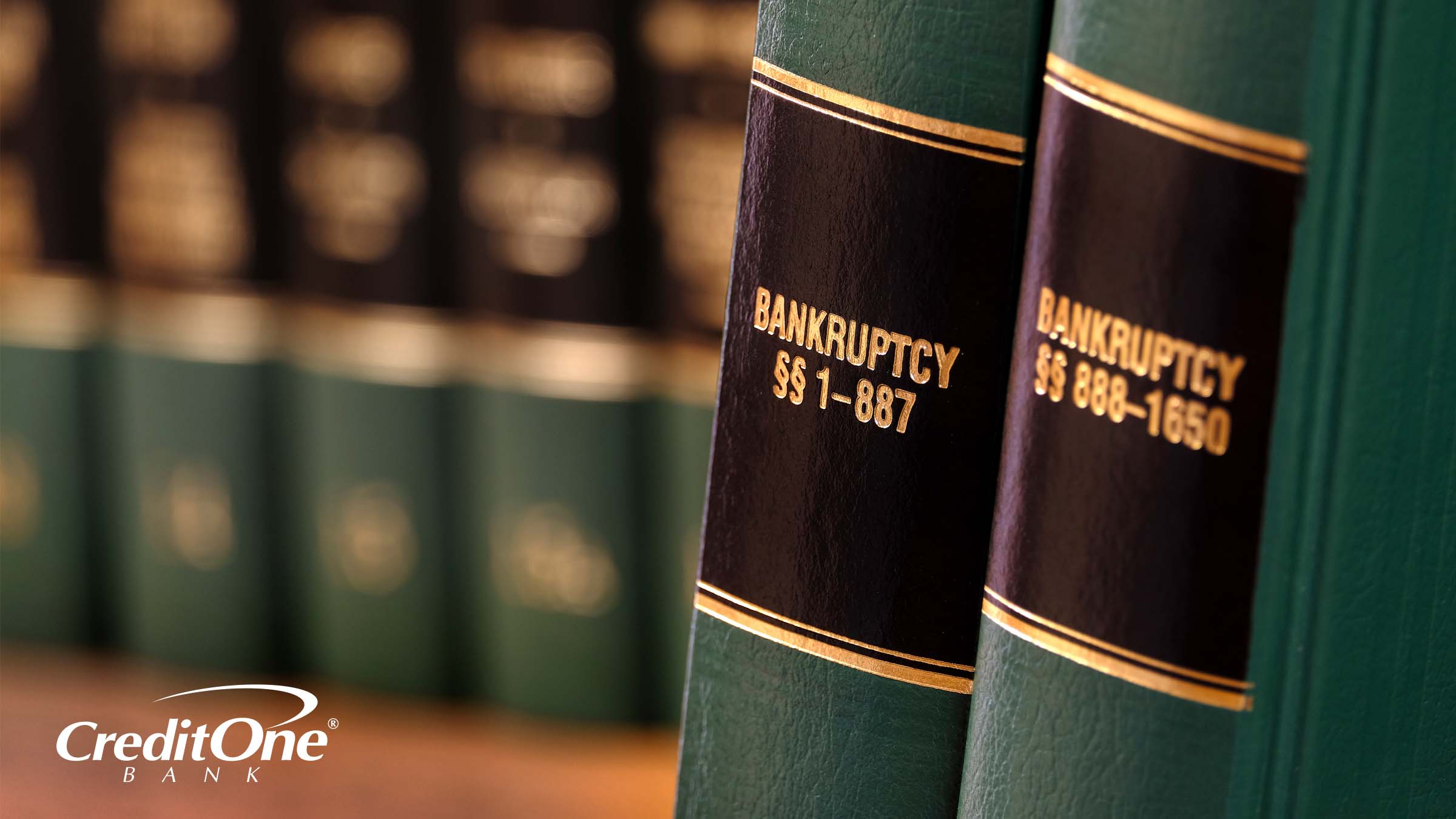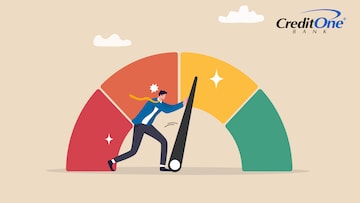
What Is Chapter 13 Bankruptcy?
July 02, 2025
Chapter 13 bankruptcy offers a path forward when dealing with a large amount of debt. Learn how it works and what to do afterward.

Introduction
Chapter 13 bankruptcy is a form of debt relief designed for individuals with a steady income who need time to repay their debts. Unlike liquidation-based filings, such as Chapter 7, Chapter 13 allows you to reorganize your financial obligations under court supervision.
This isn’t the process of selling off all your assets to pay creditors. Instead, it’s about developing a structured payment plan based on your financial position.
Chapter 13 gives you the space that you need to take a breath. It allows you to resolve any missed mortgage payments, prevent foreclosure, and stop garnishment of wages. And it offers you the chance to pay back what you owe over time.
This form of bankruptcy has become increasingly common, and U.S. Courts data shows a 14.2% rise in total personal and business filings during 2024. This uptick highlights the growing number of people looking for structured financial relief.
This guide will help you understand how Chapter 13 bankruptcy works, what to expect during the process, and how to start rebuilding your finances with confidence.
Understanding Chapter 13 Payment Plans
At the heart of Chapter 13 bankruptcy is a court-approved repayment plan under the US bankruptcy code. This plan describes how you’ll repay creditors over three to five years.
In preparing the plan, a court will look at your income, your living expenses, and the types of debts you have. You will have to pay priority debts like taxes and child support in full, but other unsecured debts, like credit cards, may be reduced or even discharged depending on your financial standing.
Payments are usually made monthly to a court-appointed trustee, who then pays your creditors. Consistent payment is key to completing the plan successfully and having any remaining eligible debts discharged. If a payment is missed, it could put the entire plan in jeopardy.
However, the court may allow changes to the plan in some cases, especially if the missed payment was due to a temporary hardship or if your financial situation otherwise changes significantly. This could include situations like job loss, a serious medical condition, unexpected expenses or other losses. Communicating with the trustee and your attorney will help keep your plan on track, even if life throws you a curveball.
How Chapter 13 Bankruptcy Impacts Your Credit and Finances
Filing for Chapter 13 bankruptcy will negatively impact your credit, and it remains on your credit report for seven years from the date of filing. However, this doesn’t mean your financial life is over. With discipline and the right tools, you can begin to rebuild your credit during and after the repayment period.
You can start by monitoring your credit, regularly checking your credit reports to ensure accuracy. If you’re ready to start rebuilding, consider using a credit card finder to explore secured options designed for people recovering from bankruptcy. Using credit responsibly, paying on time, and keeping balances low can gradually improve your score. It also helps to set reminders for due dates and pay more than the minimum amount due when possible.
You should also be cautious when accepting new credit offers. Some lenders target people with recent bankruptcies, offering high-interest products that can create more problems than they solve. Read the terms carefully and prioritize options that support long-term financial health.
When To Talk to a Professional About Chapter 13 Bankruptcy
If you’re facing foreclosure, wage garnishment, or mounting debt, it might be time to seek professional advice. These signs often indicate that your current financial situation has become unmanageable, and delaying action can make it worse.
Consulting with a knowledgeable bankruptcy attorney or financial advisor can give you the clarity you need to make the proper decisions. Beyond offering legal expertise, they can also help you plan for life after bankruptcy. Having someone in your corner can make the process less overwhelming and increase your chances of achieving a fresh start.
Plus, the earlier you seek advice, the more options you’ll likely have for protecting your home, income, and overall financial well-being.
Saving and Rebuilding After Chapter 13
The main goal after a bankruptcy is to create a financial plan that supports your long-term stability and success. Taking the time to rebuild is a long process, but every step counts.
Rebuilding your financial safety net is a top priority while your repayment plan is underway, and especially once it’s completed. And while saving can seem hard, every little bit adds up over time. One way to make it easier is to treat saving like a monthly bill. Basically, you open a savings account, set up automatic transfers and think of it like any other bill you need to pay monthly.
If you’re looking for more structured savings tools, consider using certificates of deposit (CDs). These accounts typically offer higher interest rates, but you have to lock your money in for a period of time.
Another good step to take when rebuilding is to re-examine your budget. Track how you spend your money and see where you can cut back safely.
Consider using a dedicated budgeting app or see if your bank’s mobile app provides budgeting tools, account alerts or other insights into your financial behavior. Over time, good budgeting habits can build a foundation to help you reach bigger financial goals, like buying a home or saving for retirement.
Bottom Line
If you are struggling with debt, it can eventually become an overwhelming burden. But you deserve a path forward that doesn’t leave you feeling stuck or ashamed.
Chapter 13 bankruptcy can provide that by offering a structured way to reclaim control of your finances, while still honoring your obligations. Not only is it a useful tool, but it can be the first step toward empowering yourself to rebuild.



